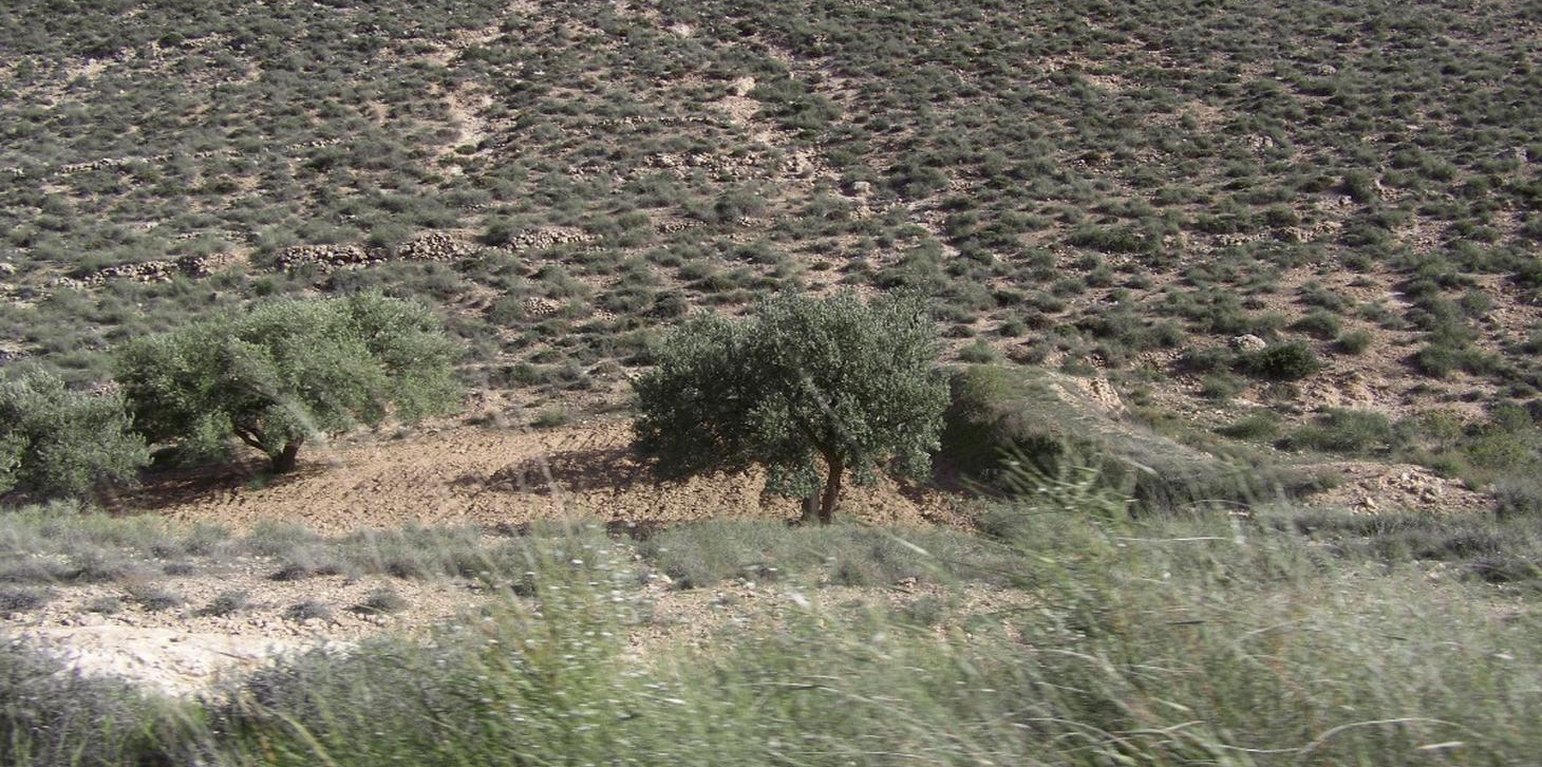



To tackle degradation and the negative effects of drought on rangelands, leaving the rangeland protected for rehabilitation is one of the common practices used for many decades by local people in arid areas of Tunisia. This technique is based on the principle of not allowing grazing for a period and thus resting the rangeland so that the plant cover can recover. The grazing-free period lasts commonly from 2 to 3 years depending on the ecosystem resilience (its capacity to recover) and climatic conditions. Owing to the high cost of fencing, an agreement between the administration and users is achieved regarding the boundaries (generally making use of natural ones such as a mountain chain, wadi, etc.). Users are totally committed to respect the protection of the site during the fixed period. In return, they receive a subsidy to compensate for the loss of production during this period. It is estimated at a quantity of barley equivalent to 70 US $ per hectare per year.
Purpose of the Technology: Applied in several types of improved land managements (rangeland improvement, dunes stabilization, national parks, etc.), this technique gives good results in terms of regeneration of vegetation in arid and even desert areas of Tunisia. However, the effectiveness of this technique varies according to several factors which determine the potential for regeneration of the treated area (rainfall, soil properties, level of degradation reached, etc.).
Establishment / maintenance activities and inputs: The resting period is recommended even in heavily overgrazed sites, but only if the vegetation still has its resilience capacity (indicated by the presence of some remnants of key and good range species) so that regeneration is possible. To have a fast, substantial and convincing impact, this technique should be applied in those rangelands that still contain relics of good pastoral species and where soil is more or less covered by sediments which allow good infiltration. These wind deposits are used as seed bed and act as mulch. In situations of extreme degradation, there is no point in applying this technique, since in these situations the soil seed stocks are often lacking and/or the soil has reached a very degraded and shallow state.
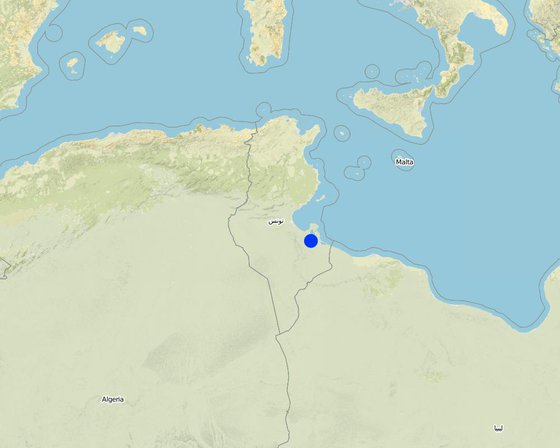
Lugar: Béni Khédache - El Athmane, Medenine, Tunisia
No. de sitios de Tecnología analizados:
Difusión de la Tecnología: distribuida parejamente sobre un área (approx. 1-10 km2)
¿En un área de protección permanente?:
Fecha de la implementación: hace más de 50 años atrás (tradicional)
Tipo de introducción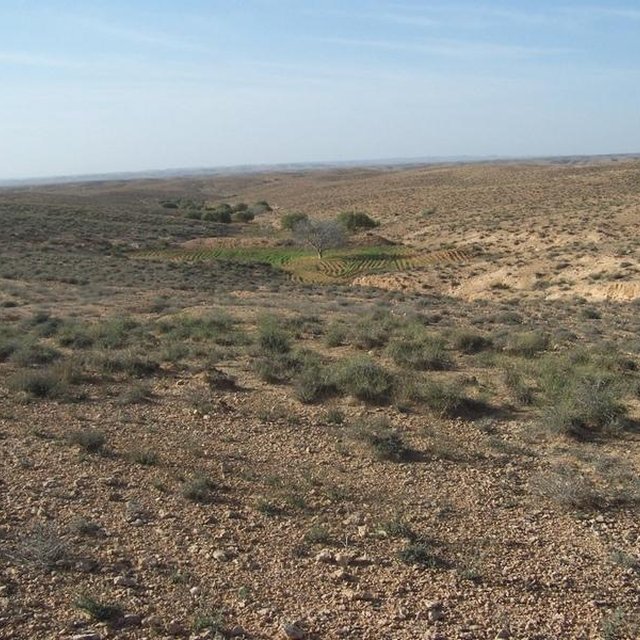
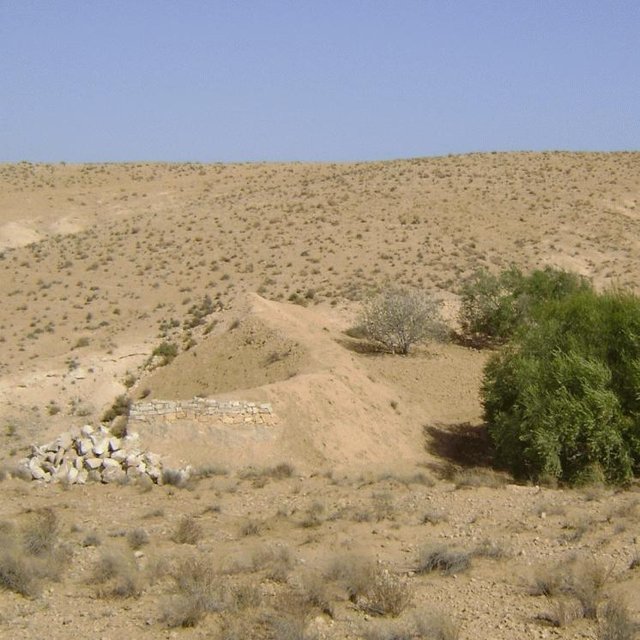





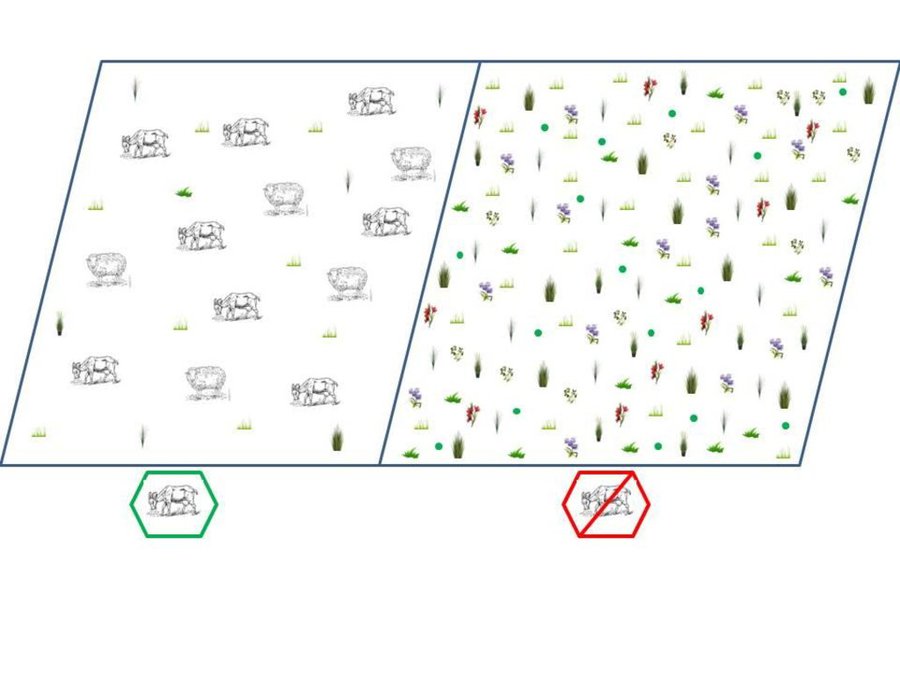
| Especifique insumo | Unidad | Cantidad | Costos por unidad (TND) | Costos totales por insumo (TND) | % de los costos cubiertos por los usuarios de las tierras |
| Otros | |||||
| delimitation rested rangelands | ha | 1,0 | 50,0 | 50,0 | 50,0 |
| subsidies (animal feed barely) | ha | 1,0 | 30,0 | 30,0 | 100,0 |
| Costos totales para establecer la Tecnología | 80.0 | ||||
| Costos totales para establecer la Tecnología en USD | 61.54 | ||||
| Especifique insumo | Unidad | Cantidad | Costos por unidad (TND) | Costos totales por insumo (TND) | % de los costos cubiertos por los usuarios de las tierras |
| Otros | |||||
| subsidies (animal feed barely) | ha | 1,0 | 70,0 | 70,0 | 100,0 |
| Indique los costos totales para mantenecer la Tecnología | 70.0 | ||||
| Costos totales para mantener la Tecnología en USD | 53.85 | ||||
Combat the rural exodus and improve the income of agriculture (20%)
increased niches for pests : negligible (0-5%)